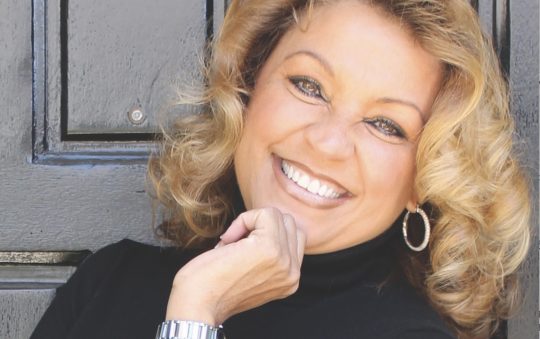
I remember the days when I had the honor of working with Ms. Mordena Moore. Ms. Mordena was very active in our community and she made sure her “girls” (no matter how old we were) stay connected to and understood our history. She is one of my sheroes.
One of her favorite organizations was Our Authors Study Club (OASC), founded by Vassie D. Wright, which is also connected to the Association for the Study of African American Life and History, Inc. (ASALH), founded by Carter G. Woodson.
During my years of being under Ms. Mordena’s tutelage, I learned a lot about the history of Black people in Southern California, but also our history across the diaspora. She knew the importance of keeping our heritage alive for future generations.
Our Authors Study Club (OASC) is under new leadership with Dr. Lura Daniels-Ball serving as the president. Each year, they put together an extensive program for Black History Month that can be found on their website, oascla.org. The organization tries to embrace our past while acknowledging new traditions and events.
One of my favorite activities is their bus tour where you can see first-hand historical areas around Los Angeles that were once the epicenter of Black life. They also partner with the City of Los Angeles, the Los Angeles Urban League, and others to bring both in-person and virtual activities throughout the whole month.
African Americans’ footprint can be found just about everywhere. Most cities have an area of town that once was primarily Black and the families that lived there contributed to building those communities. I am originally from San Bernardino County (Riverside), and I learned from research that San Bernardino’s first African American Community sprung up around the 1920s.
Most of its original population came from the Los Angeles area seeking employment or wanted to get away from big city life. Much of the area in San Bernardino County was focused on farming.
My paternal grandparents came to California and settled in Riverside in the 1940s and were involved in some form or another of the farming industry. My grandfather, father, and uncles harvested and picked various fruits and vegetables that grew in the area during their early years of settling into California.
Black History Month is a great time to start projects with your children and grandchildren to learn more about not only the history of famous African Americans and their contributions to our country, but also investigate and find out what legacy your own family may have contributed to the city or community you currently live in or are originally from.
My grandmother was not only a teacher in the Inland Empire area, but she was also an entrepreneur and owned a restaurant, a tax preparedness service, she helped women with their hair, and eventually she became an advisor at Riverside City College. A true Renaissance woman. Her contributions are still making life better for many that have come after her, including her children and grandchildren.
What legacy will you leave to help make your neighborhood, city, state, country, and even on a global level better? Dr. Martin Luther King, Jr., said we can all be great because we all can serve.
When we take time to serve our fellow man, that is one of the best investments and contributions we can make to the world. It is up to each of us to keep our heritage alive.
Healing Without Hate: It’s a choice. It’s a lifestyle. Pass it on.
Visit www.WendyGladney.com and www.forgivingforliving.org to learn more. Wendy is a life strategist, coach, consultant, author, and speaker.






